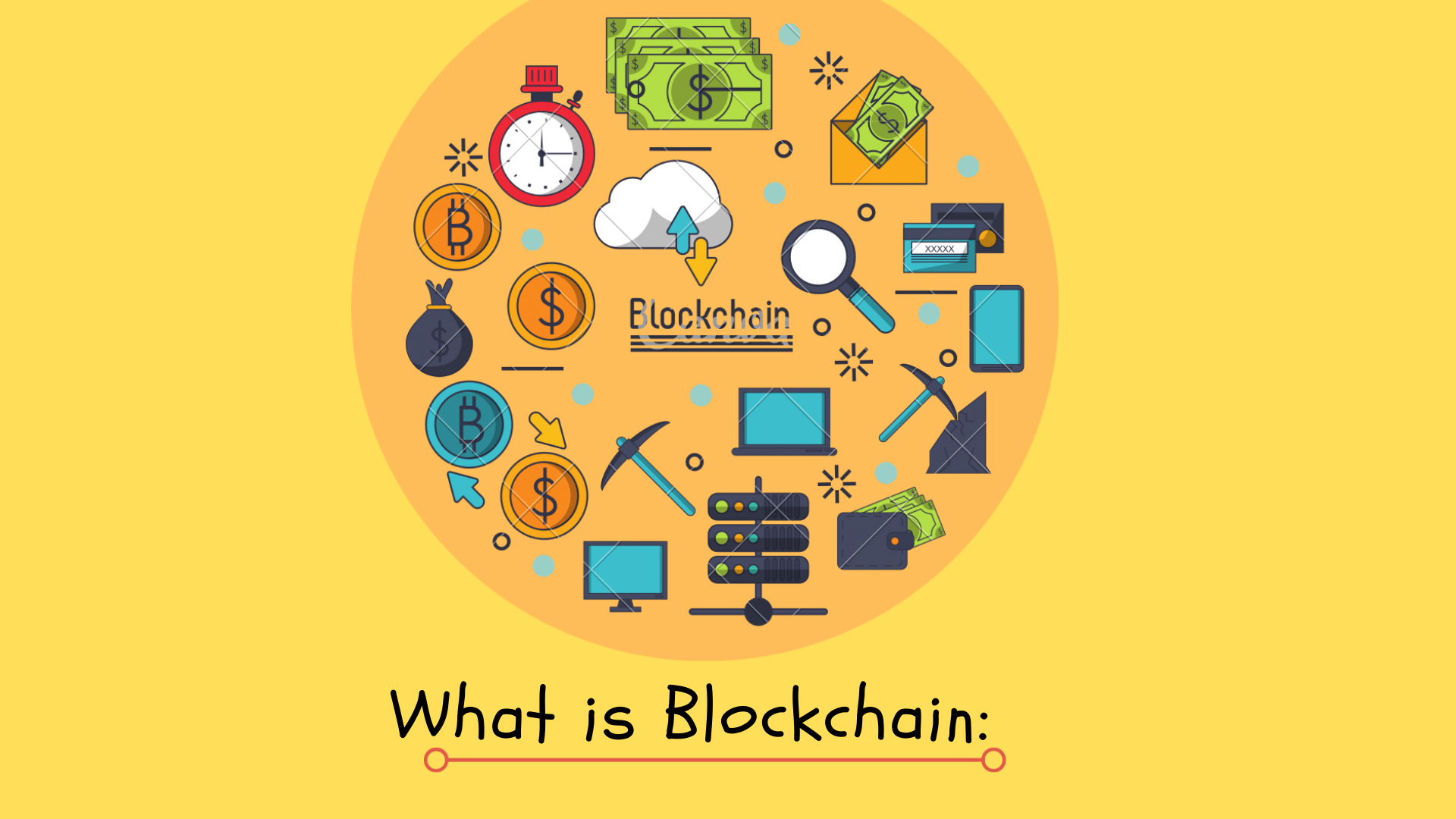Imagine a world where you can conduct transactions, share information, and carry out many other activities without ever having to reveal your personal data. A world where you don’t need to depend on banks or governments for trust and security. This might sound like a futuristic dream, but thanks to blockchain technology, it is becoming a reality.
At its core, blockchain is a revolutionary technology that allows data to be stored and shared in a secure, decentralized way. Think of it as a digital ledger similar to your computer’s hard drive, but instead of storing data in one place, blockchain stores information in blocks that are linked together like a chain. This chain of blocks is distributed across a network of computers, making it nearly impossible to alter or tamper with the data once it has been recorded.
The origins of blockchain technology date back to 1991 when two mathematicians, Stuart Haber and W. Scott Stornetta, first proposed a system to secure timestamps in digital documents, ensuring they could not be altered without detection. Later, in 1998, software developer Nick Szabo introduced the concept of “Bit Gold,” an early idea resembling blockchain to secure digital payments. However, it wasn’t until the mysterious figure known as Satoshi Nakamoto introduced Bitcoin in 2008 that blockchain technology gained widespread recognition and real-world adoption.
Blockchain is essentially a distributed database shared among nodes—computers connected to the network—that store and validate data collectively. This decentralized nature means that information is not controlled by any single entity but rather maintained by many participants in the system. Many people initially encountered blockchain through their interest in cryptocurrencies like Bitcoin, which use blockchain to ensure secure, transparent, and tamper-proof records of transactions.
One of blockchain’s key innovations is its ability to guarantee the trustworthiness of data without relying on third parties, such as banks or governments. This is achieved by distributing copies of the ledger to all nodes in the network. When a transaction or piece of data is added, it must be validated and agreed upon by the majority of nodes through consensus mechanisms. This process ensures that any attempt to change or falsify information on one node is quickly identified and rejected by the rest of the network.
To understand how blockchain works, imagine a digital ledger that records transactions in chronological blocks. Each block contains a set of transaction data, a timestamp, and a cryptographic hash—a unique digital fingerprint—of the previous block. This linking of blocks (hence the term “blockchain”) makes it extremely difficult to alter any information without affecting all subsequent blocks. Once data is entered, it becomes permanent and immutable, providing a reliable and transparent history of all transactions.
Thanks to these properties, blockchain is also known as Distributed Ledger Technology (DLT). It offers a permanent, unchangeable record stored across multiple locations, making it resistant to hacking or data loss. This has significant implications for data security and privacy, especially in an era where centralized databases are frequent targets of cyberattacks.
Beyond cryptocurrencies, blockchain has found a growing number of applications across various industries. For instance, major corporations such as Walmart, AIG, Siemens, Pfizer, and Unilever are already integrating blockchain into their operations. A notable example is IBM’s Food Trust, a blockchain-based system that traces the journey of food products from farm to table. This technology addresses critical issues in food safety by allowing companies to quickly identify and isolate sources of contamination, such as E. coli or Salmonella outbreaks, and even accidental allergen cross-contamination.
Traditionally, tracing the origin of foodborne illnesses has been a time-consuming and complex process, sometimes taking months or years. With blockchain, companies have instantaneous access to detailed, trustworthy records of a product’s history, enabling faster responses to potential hazards and preventing widespread outbreaks. This not only protects consumers but also helps businesses maintain trust and comply with safety regulations.
The security of blockchain is another of its standout features. Unlike traditional databases that store all information in a single location, blockchain distributes data across many computers worldwide. This decentralization means that even if one node is compromised, the rest of the network remains secure and can cross-verify the correct information. This makes data breaches far less likely and helps prevent unauthorized changes.
In addition to transactions and supply chain management, blockchain can securely store other types of data that are traditionally difficult to register or verify, such as legal contracts, state identifications, or company inventories. The technology’s ability to guarantee the authenticity, accuracy, and permanence of data opens up countless

